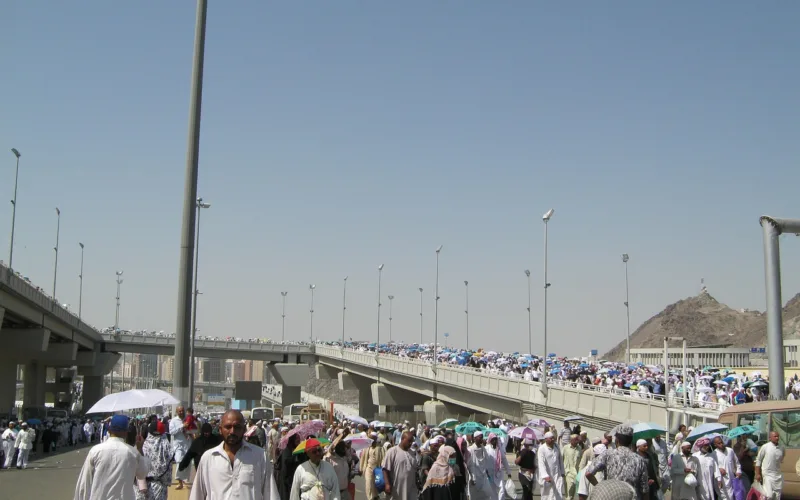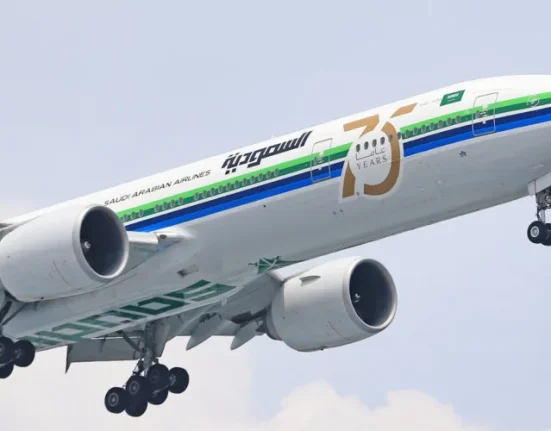Saudi authorities have announced a significant improvement in the readiness and efficiency of key pilgrimage entry points, ahead of the 2026 Hajj season. Pilgrims heading to Makkah will now experience a maximum wait time of just 35 minutes at all major miqats, a notable reduction from the 39-minute average recorded during the 2025 Hajj season. The update was confirmed by the Royal Commission for Makkah City and Holy Sites, which is spearheading the ongoing infrastructural upgrades to ensure smooth operations by August 20, 2026, corresponding to 25 Dhul Qi’dah 1447 AH.
The latest developments are based on data collected in real-time during the 2025 pilgrimage, indicating the Saudi government’s commitment to using technology and logistics precision to enhance the pilgrim experience. With over 3.5 million Hajj and Umrah visitors expected in 2026, up from the 3.2 million recorded the previous year—the Commission is focusing on speed and flow management rather than mere structural expansion. One of the highlights of this improvement is the consistent 99% satisfaction rate among pilgrims, maintained through tighter response times and increased service quality.
As part of the Kingdom’s strategic overhaul, five key miqat zones are receiving priority upgrades. At the highly frequented Al-Taneem Mosque, engineers have implemented a traffic separation model that now splits inbound and outbound pilgrim routes.
This alone has reduced congestion significantly. The prayer areas have also been expanded, supported by newly installed drainage systems and a round-the-clock sanitation team to maintain cleanliness throughout the day.
At Qarn al-Manazil, also known as Al-Sail Al-Kabir, efforts are focused on reorganising the mosque’s courtyards.
The prayer space has already seen a 20% increase, with mats laid as early as 4 AM to accommodate early arrivals. Meanwhile, at Al-Juhfah, the second most frequented miqat, traffic patterns have been restructured to avoid bottlenecks, and new service kiosks have been introduced to assist pilgrims on the move. Yalamlam has seen the introduction of solar-powered rest stations, while Wadi Muharram now features improved highway connectivity and the removal of visual clutter to enhance the spiritual ambiance of the area.
Speaking on the improvements, Engineer Saleh Al-Rasheed, the CEO of the Royal Commission, noted that the emphasis for Hajj 2026 is on operational efficiency and pilgrim comfort. According to him, “no pilgrim entering the state of ihram should spend more than 35 minutes at any miqat.” This time cap will be monitored using real-time crowd analytics systems designed to adjust flow patterns dynamically, depending on pilgrim traffic.
Additionally, response time for lodging complaints or service issues has been cut down to 120 minutes, improved from the previous 150-minute target. The Commission has set a zero-tolerance policy on delays, with all readiness measures expected to be finalised well before the official Hajj window begins.
Saudi Arabia’s long-term vision for Hajj management continues to rely on innovation and precise coordination rather than large-scale physical expansion. This approach not only streamlines pilgrim movement but also preserves the spiritual atmosphere essential to the sacred journey. As the countdown to Hajj 2026 begins, all indicators point toward one of the most efficiently managed seasons in recent memory, setting a new standard for faith-based tourism in the Kingdom.







